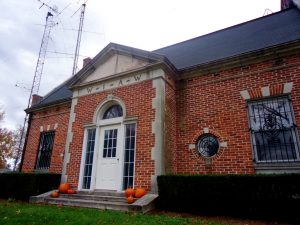What’s with the repeater offset again?
As a new amateur one of the initial perplexing issues you’re confronted with is setting up your first radio to talk to the local repeater. The question is so common that it’s almost an invisible rite of passage to a new licensee. While I’m a fan of learning, there is plenty of that to go round and setting up your radio to talk to a repeater shouldn’t be a hurdle to getting on air and making noise.
Ignoring the whole repeater thing for a moment, let’s consider your radio. It doesn’t matter if it’s a handheld, a base station, a boat anchor or something else. To participate in the whole repeater experience, you need to tune your radio to hear it.
Technically, if I told you that you could tune to a local repeater on 146.750 MHz, that would be enough information to get you going, but this depends entirely on a set of standard assumptions that are likely not obvious to you. Let’s explore what’s going on.
Given that frequency, you can set your radio to 146.750 MHz and in most cases, you’ll be able to hear the repeater. To actually participate, you would need to do some more work to get your transmitter to be heard.
As I said, standards are what makes that possible, but like every human endeavour, caution must be applied. As Andrew Tanenbaum said: “The nice thing about standards is that you have so many to choose from.” With that in mind, let’s proceed. Before you start yelling, I’ll add caveats at the end.
Armed with a repeater frequency, you have enough information to get on air, but it assumes that you know a couple of things. So let’s delve into those assumptions.
For starters, there is an assumption that you’re aware that to operate a repeater you must transmit on a different frequency than what you’re listening on. Why that is the case is a whole other discussion which I’ll leave for today.
There is the assumption that you know that the two frequencies, one for listening, one for transmitting, are separated from each other by a known distance, a so-called offset.
You’re also assumed to know that this offset is fixed but different for each band.
There’s more, but let’s start here.
Read more – Southgate Amateur Radio News RSS Feed http://www.southgatearc.org/news/2022/july/foundations-of-amateur-radio-30-07-2022.htm
via IFTTT








1 thought on “Via Southgate: Foundations of Amateur Radio”
Comments are closed.